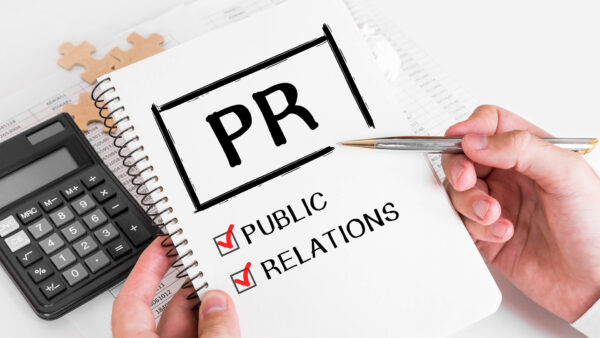
In the world of marketing and communication, two essential disciplines play a crucial role in shaping brand perception and reaching target audiences: Public Relations and Advertising. While PR and Advertising share common goals of promoting brands and influencing public opinion, they are distinct in their approaches, objectives, and execution. In this article, we will delve into the differences and synergies between PR and Advertising to gain a better understanding of how these disciplines complement each other in achieving marketing success.
Public Relations (PR) is a strategic communication discipline that aims to build and maintain positive relationships between organizations and their target audiences. PR focuses on managing the reputation and public perception of a brand, utilizing various tactics such as media relations, event management, crisis communication, and stakeholder engagement. The primary goal of PR is to establish credibility, trust, and goodwill for the brand. Media Mantra is one of the leading Public Relations firms in India working closely with its clients to ensure that they get regular coverage of various trends and stories happening in their respective industries across various forms of media.
On the other hand, Advertising is a paid form of communication that involves the promotion of products, services, or ideas through various media channels. Advertising aims to create awareness, generate interest, and drive consumer action by delivering persuasive messages to target audiences. Unlike PR, advertising relies on paid placements and controlled messaging to reach a wide audience.
PR and Advertising have distinct objectives and approaches that set them apart:
PR Objectives: PR focuses on building and maintaining positive relationships with various stakeholders, including the media, customers, employees, investors, and the public at large. PR objectives include enhancing brand reputation, managing crises, generating media coverage, fostering goodwill, and establishing thought leadership within the industry.
Advertising Objectives: Advertising aims to create brand awareness, promote products or services, stimulate demand, and ultimately drive sales. Advertising objectives typically revolve around increasing market share, influencing consumer behaviour, and maximising return on investment (ROI) through targeted messaging and creative campaigns.
PR Approach: PR employs a more indirect approach to communication, aiming to influence public opinion and build trust through earned media coverage, thought leadership initiatives, storytelling, and strategic partnerships. PR practitioners work on cultivating relationships with journalists, influencers, and other stakeholders to generate positive publicity and maintain a favourable brand image.
Advertising Approach: Advertising takes a direct and controlled approach to communication, using paid media placements to deliver persuasive messages to a wide audience. Advertising campaigns are typically created and executed by creative agencies, involving the development of compelling visuals, slogans, and brand messaging to capture attention and drive desired consumer actions.
While PR and Advertising have distinct roles, they can work synergistically to maximise the impact of marketing efforts:
Message Consistency: PR and Advertising should align their messaging to ensure consistency across all communication channels. By coordinating PR activities with advertising campaigns, organizations can reinforce key messages and amplify their impact, creating a unified brand narrative.
Strategic Partnerships: PR and Advertising can collaborate in forming strategic partnerships to amplify brand reach and influence. By combining PR efforts, such as media coverage or influencer endorsements, with advertising campaigns, organizations can enhance their visibility and credibility in the marketplace.
Crisis Management: In times of crisis, PR and Advertising should work together to manage reputation and restore public trust. PR plays a critical role in crafting crisis communication strategies, while advertising can support PR efforts by delivering consistent messages of transparency, accountability, and commitment to resolution. Media Mantra is the Best crisis management company in India responding on behalf of clients and empowering them to act well during an existing crisis.
Content Marketing: PR and Advertising can leverage content marketing strategies to engage audiences and build brand authority. PR can contribute by creating compelling stories and thought leadership content, while advertising can amplify the reach of such content through paid placements.
PR and Advertising are integral components of a comprehensive marketing strategy. While they have distinct objectives and approaches, PR and Advertising can work synergistically to enhance brand reputation, increase visibility, and drive consumer engagement. By understanding the differences and harnessing the synergies between these disciplines, organizations can leverage the full potential of both PR and Advertising to achieve their marketing goals and establish a strong brand presence in the marketplace.
